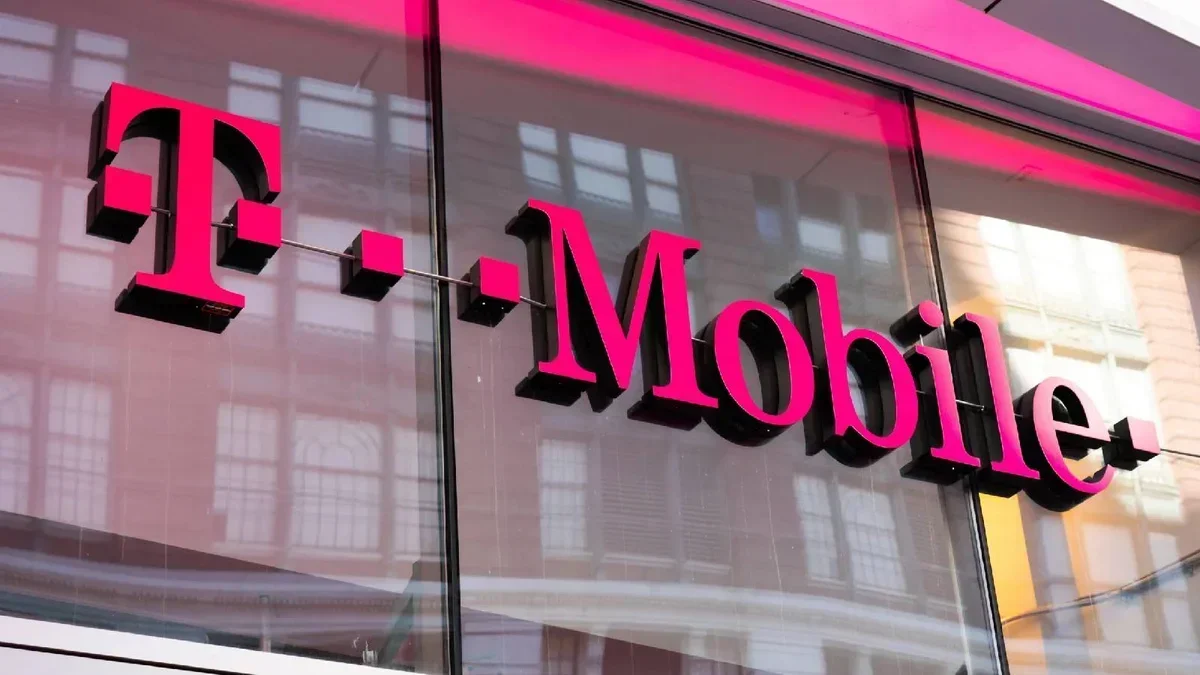All areas want 5G internet
T-Mobile Chief Broadband Officer Allan Samson has revealed that FWA, or 5G internet, is expanding beyond rural localities, dispelling the notion of it being a solution only popular in those areas.The top 100 US cities account for 70 percent of T-Mobile’s FWA activations. Suburban and urban markets make up 65 percent of 5G internet sales every quarter.
Urban customers are gravitating to it due to improved quality of service, according to Samson. T-Mobile‘s 5G internet offers average download speeds of 239 Mbps, and latency, or delay, has dropped to 34 milliseconds. The improved service is due to T-Mobile moving all FWA customers to standalone 5G. The service continues to improve as the company introduces advancements and sees significant room for further development.
From a technology perspective, this so-called cell phone quality internet has not only made a lot of progress but has so much more room to run in terms of the innovation.
Allan Samson, T-Mobile’s Chief Broadband Officer, November 2025
Meanwhile, T-Mobile has also been increasing its fiber footprint. The company doesn’t believe it can effectively build wireline networks, so it has chosen the acquisition route. Samson hopes to pass more than 3 million homes by 2025 and add 900,000 to a million fiber customers by the end of 2025.
T-Mobile knows its way around sales and marketing, which it thinks can really help with fiber sales. The company wants to increase the value proposition of fiber and improve pricing. One way it can do that is by bundling wired and wireless service. This is called convergence, and is a strategy that many telecom companies are already pursuing.
T-Mobile won’t be replicating everything that other companies are doing, though. Samson pointed out that rival fiber companies offer lower introductory rates, only to significantly increase them later, and they also charge for Wi-Fi and the router.
Our approach is real simple. We don’t build wireline networks, you’ve got to know what you’re not good at.
Allan Samson, T-Mobile’s Chief Broadband Officer, November 2025
T-Mobile‘s edge
T-Mobile seldom acknowledges its shortcomings and has never been shy to take risks. It’s therefore commendable that the company has realized that it’s better off buying fiber companies than building everything from scratch.
While it’s reassuring to know that the company doesn’t want to engage in what it views as deceptive pricing, it’s difficult to believe that it will keep that promise. After all, it made similar bold claims when it was behind AT&T and Verizon, only to walk them back.
A path frequently trodden
Wireless carriers see convergence or the bundling of different services as a way to fight churn. That’s because customers are less likely to leave when they buy different services from the same provider. In 2024, T-Mobile revealed that 70 percent of its FWA subscribers were also T-Mobile mobile customers. The downside is that customers might find it difficult to leave when they subscribe to multiple services from the same company. That’s because termination is perceived as a hassle, and customers might be more willing to put up with subpar service if they want to avoid cancelling different offerings at the same time.








